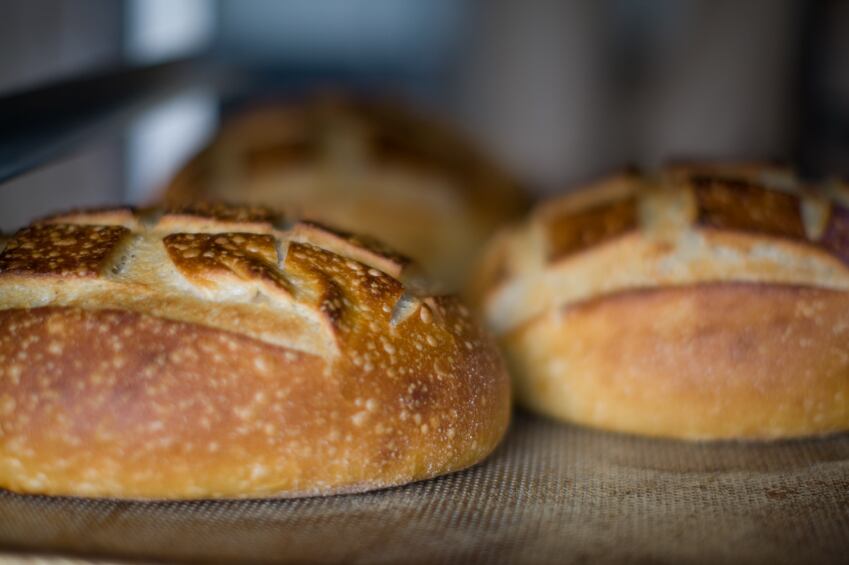Published in the British Journal of Nutrition, the new study suggests that switching the type of fat or oil used in bread could be a simple way to help the control of blood sugar levels, with coconut oil showing the greatest reduction of glycaemic response (GR).
The Singapore-based researchers behind the study tested the glycaemic responses of five breads (four different fats plus one control) in fifteen healthy males – finding that the incorporation of fats during bread baking reduces glyceamic responses, “with the greatest attenuation seen in breads baked with coconut oil [COC].”
“There was a significant difference in glycaemic response between the different test breads (P = 0·002), primarily due to COC having a lower response than control bread (P = 0·016), but no significant differences between fat types were observed,” noted the team, led by senior researcher Dr Christiani Jeyakumar Henry from Yong Loo Lin School of Medicine and the National University of Singapore.
The team said simple dietary interventions like the addition of functional lipids like the medium chain triglycerides (MCT) identified in the current study, during the baking of bread of other carbohydrate- rich staple foods, could be an ‘effective and practical’ strategy for improving glycaemic control, and may help in the prevention and management of chronic diseases such as type 2 diabetes and CVD.
“These results [also] open up a new avenue of research in identifying other MCTs that could be used to lower GR of baked products and other food system,” they said.
Test conditions

Henry and colleagues performed the acute, randomised, controlled, single- blinded trial on fifteen healthy men. On the day before a test session, participants were requested to abstain from alcohol, restrict caffeine intake and avoid participation in intense physical activities. A standardised dinner was provided the evening before to reduce potential variations in GR that may arise because of the second meal effect.
The five types of bread used were as follows: control bread without any added fats (CTR) and breads baked with butter (BTR), coconut oil (COC), grapeseed oil (GRP) or olive oil (OLV).
Each bread was tested on one occasion in a randomised order on separate days, with at least three washout days between test visits, said the team, who also noted that the breads were all made to the same simple recipe, with only the fat varying.
“The amount of fats/oils added was calculated based on the percentage fat as stated on the nutritional panel on the packaging, and was added at 20 %, w/w of dough. Oil was not added into the control bread,” they noted.
Coconut oil for low GR

The authors reported that the incorporation of fats during bread baking reduced glyceamic response (GR) compared to a no-fat control, with the greatest attenuation seen in coconut oil.
They added that this lower GR was predicted by carbohydrate digestibility via the formation of amylose–lipid complexes (ALC), which is known to increase the resistant starch content and have a controlling effect on glyceamic responses.
“The observation that coconut oil has the greatest impact on GR points to the view that lauric acid and myristic acid in coconut oil may have a contributory influence on reducing GR,” concluded the team, noting that previous studies have suggested these MCTs could help to manage GR.
Source: British Journal of Nutrition
Published online ahead of print, doi:10.1017/S0007114516001458
“Effect of fat type in baked bread on amylose–lipid complex formation and glycaemic response”
Authors: Evelyn Lau, Weibiao Zhou, Christiani Jeyakumar Henry

